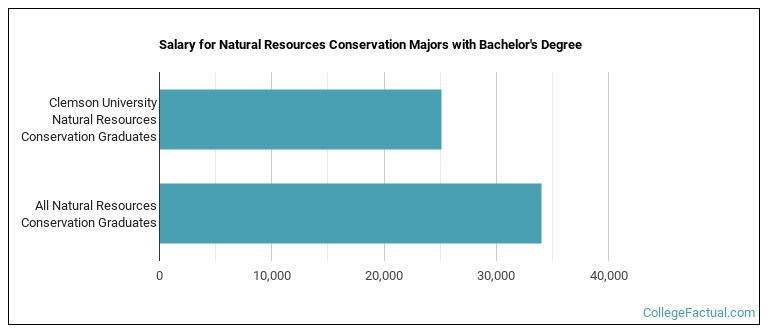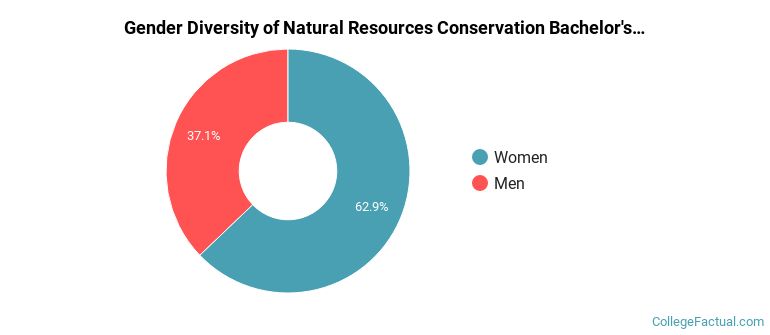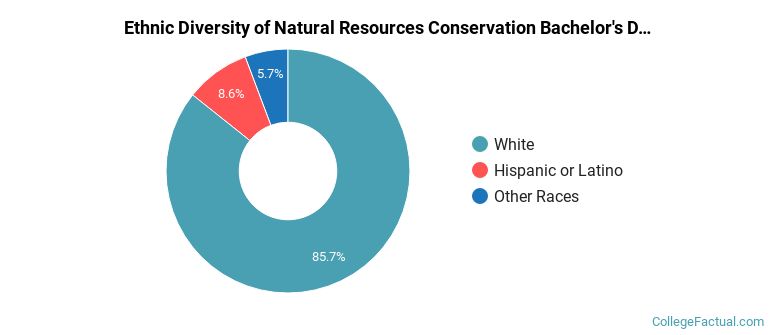 by our College Data Analytics Team
by our College Data Analytics TeamHere, you'll find out more about the major, including such details as the number of graduates, what degree levels are offered, ethnicity of students, average salaries, and more. In addition, we cover how Clemson ranks in comparison to other schools with conservation programs.
Go directly to any of the following sections:
The bachelor's program at Clemson was ranked #115 on College Factual's Best Schools for conservation list. It is also ranked #2 in South Carolina.
| Ranking Type | Rank |
|---|---|
| Best Natural Resources Conservation Bachelor’s Degree Schools | 111 |
| Best Natural Resources Conservation Schools | 115 |
During the 2021-2022 academic year, Clemson University handed out 35 bachelor's degrees in natural resources conservation. Last year, the same number of degrees were handed out.
The median salary of conservation students who receive their bachelor's degree at Clemson is $25,115. This is less than $34,020, which is the national median of all conservation majors in the nation who earn bachelor's degrees.

In 2022-2023, the average part-time undergraduate tuition at Clemson was $1,695 per credit hour for out-of-state students. The average for in-state students was $654 per credit hour. The average full-time tuition and fees for undergraduates are shown in the table below.
| In State | Out of State | |
|---|---|---|
| Tuition | $14,038 | $37,982 |
| Fees | $1,516 | $1,516 |
| Books and Supplies | $1,436 | $1,436 |
| On Campus Room and Board | $12,872 | $12,872 |
| On Campus Other Expenses | $5,476 | $5,476 |
Learn more about Clemson tuition and fees.
Of the 35 students who earned a bachelor's degree in Natural Resources Conservation from Clemson in 2021-2022, 37% were men and 63% were women.

The majority of bachelor's degree recipients in this major at Clemson are white. In the most recent graduating class for which data is available, 86% of students fell into this category.
The following table and chart show the ethnic background for students who recently graduated from Clemson University with a bachelor's in conservation.

| Ethnic Background | Number of Students |
|---|---|
| Asian | 0 |
| Black or African American | 0 |
| Hispanic or Latino | 3 |
| White | 30 |
| Non-Resident Aliens | 0 |
| Other Races | 2 |
Online degrees for the Clemson conservation bachelor’s degree program are not available at this time. To see if the school offers distance learning options in other areas, visit the Clemson Online Learning page.
Take a look at the following statistics related to the make-up of the conservation majors at Clemson University.
| Related Major | Annual Graduates |
|---|---|
| Forestry | 43 |
| Wildlife Management | 40 |
More about our data sources and methodologies.